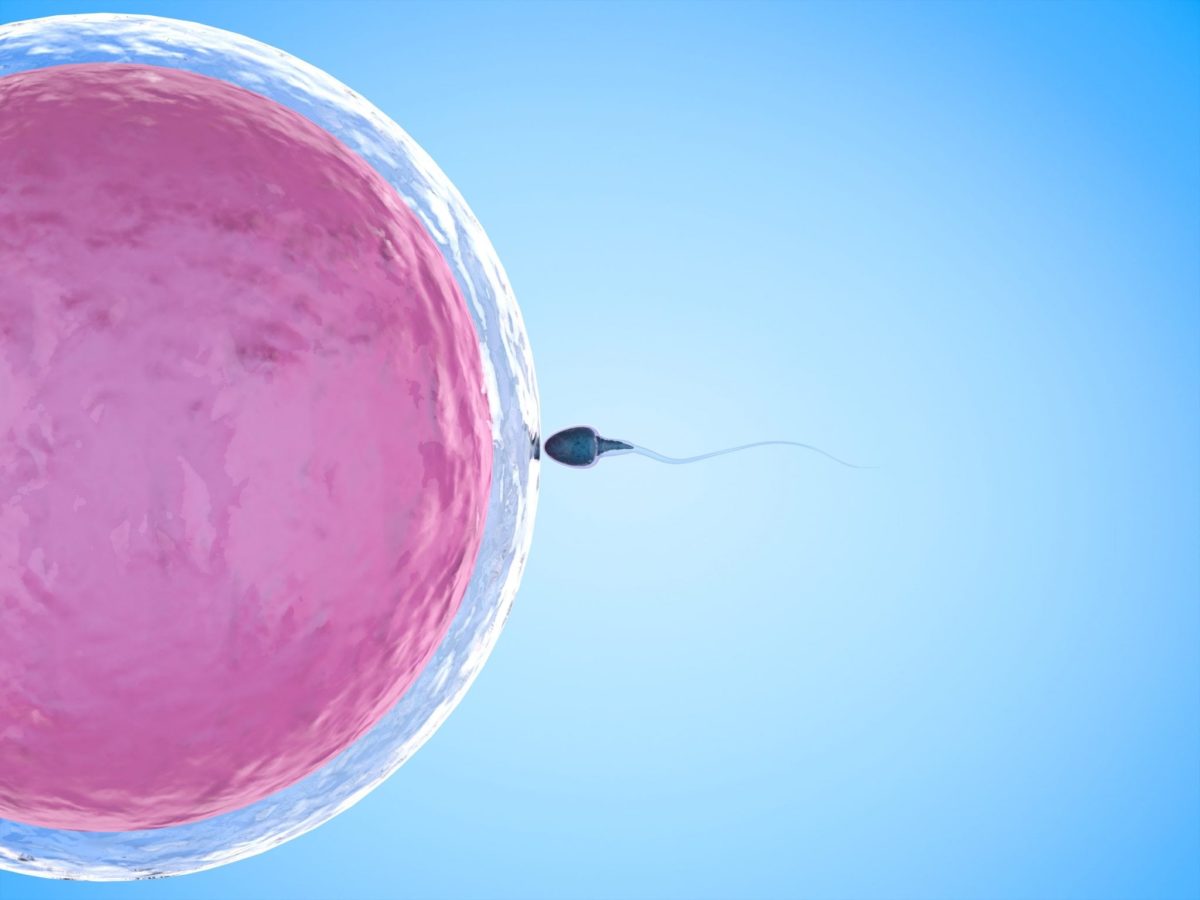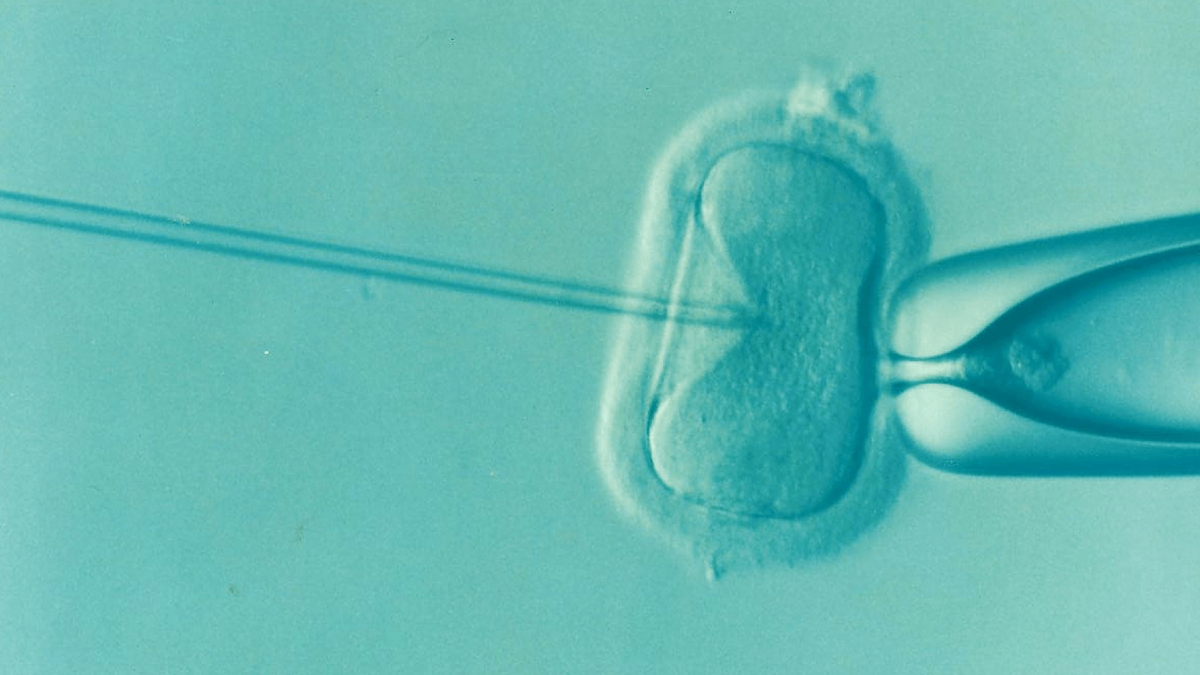
PCRM Fertility Lab – Fertilization
You go guy! (or girl) – because remember, a sperm can be “X-bearing” (female) or “Y-bearing” (male)!
This short video clip shows a sperm with its head well and truly embedded in the “shell” (known as the zona pellucida) of the egg. It does not give up easily, even though this video was taken more than 12 hours after sperm was introduced to the eggs! After an egg is fertilized, the zona pellucida undergoes a complex reaction called the cortical reaction which hardens the shell so that no more sperms can enter the egg. This sperm did not get the memo! The “successful” sperm will then fully enter the egg and the chain of events which will become normal fertilization continues.
In the IVF laboratory, we use two methods to fertilize eggs: IVF (In Vitro Fertilization) or ICSI (Intra Cytoplasmic Sperm Injection). IVF is often the treatment of choice when all sperm testing has come back as normal; ICSI is often the treatment of choice if any or all of the key sperm parameters (motility, concentration, morphology) are not in the normal range. For both methods of fertilization, the semen sample is washed to remove debris and dead sperm, and to select the most highly motile sperm. In the case of IVF, a measured amount of the washed sperm is added to groups of eggs in a plastic culture dish and they are left to fertilize overnight. In the case of ICSI, a single sperm is injected into each mature egg, a delicate procedure requiring the use of a high-powered microscope, microtools and a patient Embryologist! The rationale for using ICSI instead of IVF is that if the sperm sample has an identified problem, injecting one sperm into one egg will bypass the barrier of the zona pellucida and place the sperm precisely where it needs to be within the egg. For both methods, insemination takes place on the afternoon following your egg retrieval, and we check for fertilization first thing on the following morning.
Related Posts
Categories
About the PCRM Blog
Welcome to the Pacific Fertility Centre for Reproductive Medicine Blog! Nationally and internationally recognized for providing exceptional reproductive care, our team believes in empowering people with the knowledge they need to navigate their unique fertility journeys.
From information on the latest fertility treatments to valuable insights on egg donation, surrogacy, and everything in between, the Pacific Centre for Reproductive Medicine Blog is your ultimate resource for all things reproductive care and support. Read on to learn more, and contact us today if you have any questions or want to schedule a new patient appointment.



